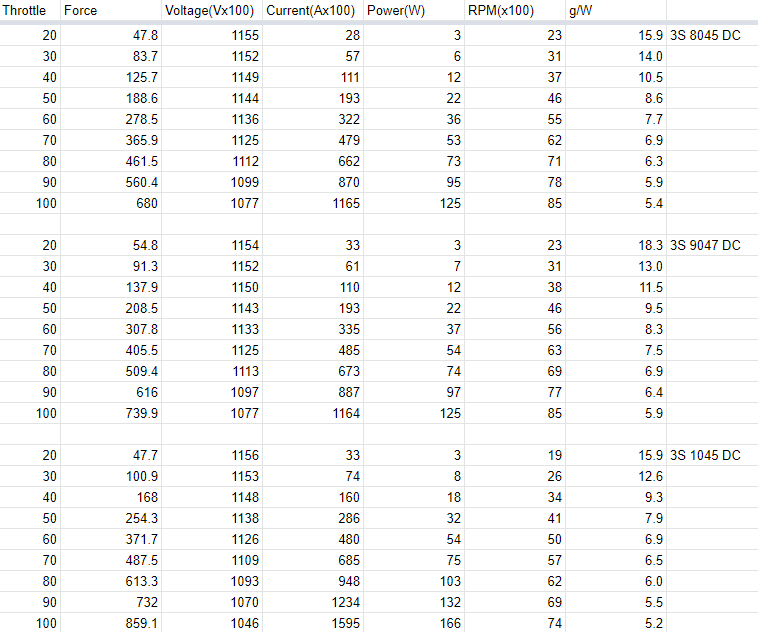I guess I will chime in on this discussion and add some knowledge (and numbers) of my own.
For the last week I have been 'reverse engineering' the Power Pack C components. I'm an engineer by day so this is what I do. I made a spread sheet for each component part: Motor, ESC, Servo, Propeller. Then I started to comparison shop for equivalent parts.
@Kendalf - I understand your pain regarding inconsistent motor sizing numbers, this is an issue I have been fighting for the last week trying to populate my spreadsheets. However, what I can tell you is that this is an issue pretty much isolated to HobbyKing's offerings (Turnigy, HobbyKing, etc). Pretty much everywhere else I looked online, brushless motor manufacturers will label their motors by stator diameter and stator height.
With that said, what seemed to start this thread was a feeling that the new FT "Radial" line seemed expensive. I too had a little bit of sticker shock or heartburn looking at a $30 price for the FT Radial Power Pack C motor, the 2218B.
However, as I have been filling out my spreadsheet and trying to compare the various specs of motors here is what I've learned.
#1 - Comparing any motor from HobbyKing to any motor from pretty much any other brand is very difficult. Pretty much every other brand will publish a standardized set of information. This includes the normal stuff like Kv rating but also figures for peak/max current and power (W). The last bit of key information is a prop size chart or list. About the only time you won't get a prop size list from a reputable manufacturer is if the motor is intended solely for helicopters.
#2 - This bit has already been mentioned in this thread, but I would like to back it up with more data. The FT "Radial" series is actually very competitively priced. With the 2218B sitting at a $30 price point, it is firmly in the middle of the competition for up front cost. The EMax GT2215/10-1100Kv motor (standard with Power Pack C) can be bought for $18.99 from Amain Hobbies. The next motor I found that I felt comfortable with the data is from HobbyKing and is the Aerodrive SK3 - 3530 which costs $27.
Next is the FT Radial 2218B at $29.99
Then comes a Cobra Motors C2217/16 at $30.99
Next is a T-Motor, the AT2312 "Long Shaft" at $34.99
The last two on my current spreadsheet are from Scorpion, and if you recognize that brand you already know Scorpion = $$$$.
So the last two entries I have for comparison are the Scorpion SII-2212-1070KV (V2) at
$49.99 and the Scorpion SII-2215-1127KV (V2) at
$54.99!
All of the motors I have just listed will (or should) swing a 10x4.5 or 10x4.7 slow fly prop with a 30A ESC, but the key point here is price. FT have priced the Radial series competitively from what I have seen. They are not trying to throw their name around and gouge us on price, and at the same time the product seems to be high quality and it sounds like the warranty is top notch. And a good warranty is hard to come by these days.
My 2-cents and I hope it helps. Spreadsheets and research are what I do (my friends think I'm broken because of my love for spreadsheets).


